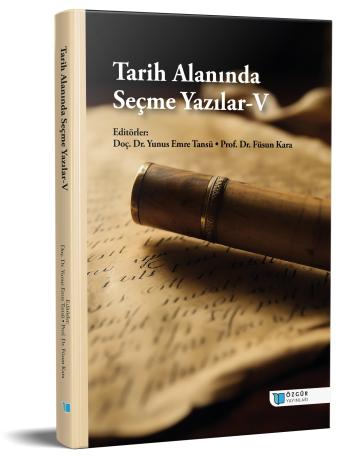
XIX. Yüzyılda Osmanlı Devleti’nde İlköğretimin Islah Çalışmaları Hakkında Bazı Tespitler
Şu kitabın bölümü:
Tansü,
Y.
E.
&
Kara,
F.
(eds.)
2023.
Tarih Alanında Seçme Yazılar-V.
Özet
Osmanlı İmparatorluğu 19. yüzyıldan itibaren batılılaşmanın etkisiyle eğitim kurumlarında ıslahata girişmiştir. Askeri kurumlardan başlayan ıslahat, sivil eğitim-öğretim veren kurumlara da yayılmıştır. Ancak askeri alanda yapılabilen ıslahatlar, sivil eğitim alanında medreselerin baskısı nedeniyle daha fazla dirençle karşılaşmıştır. Eğitimde dünyevileşmeyi amaç edinmiş Tanzimat aydınları karşılaştıkları direnç sebebiyle eski mekteplere karışmadan yenilerini açma, yeri geldiğinde tepki çekmeyecek şekilde geleneksel okulları ıslah etme formülünü uygulamışlardır. Bu dönemde eğitimin devleti parçalanmaktan kurtaracak bir araç olarak görülmesi, azınlıkların ve yabancı okulların nitelik olarak Osmanlı eğitim kurumlarından çok daha üstün olması, Müslüman-Türk milletinin eğitimde çok geri kalması padişahları ve devlet adamlarını ilköğretimle acil bir şekilde ilgilenmelerine ve ilköğretimi imparatorluğun her yerine yaymaya teşvik etmiştir. Usul-i cedide okulları açılmış imparatorluğun her köşesine bu okulların yayılması sağlanmıştır. Eski usulde eğitim yapan sıbyan mektepleri 1924 tarihli Tevhid-i Tedrisat Kanununa kadar varlıklarını sürdürseler de II. Meşrutiyet Döneminde alanları daralmıştır. Cumhuriyet Döneminde 1924 tarihli Tevhid-i Tedrisat Kanunu ile Sıbyan ve İbtidaileri tarihe karışmış, sıbyan ve mektep gibi eskiyi çağrıştıran tabirler yerine “okullar” açılmıştır.

